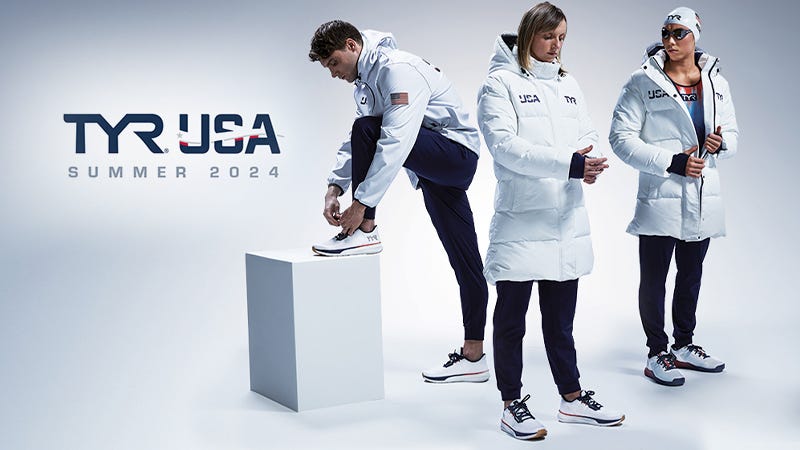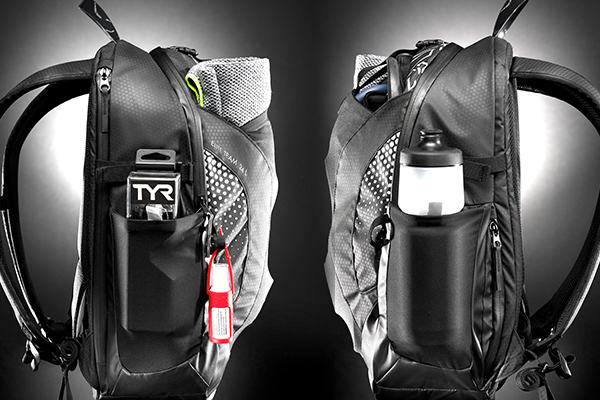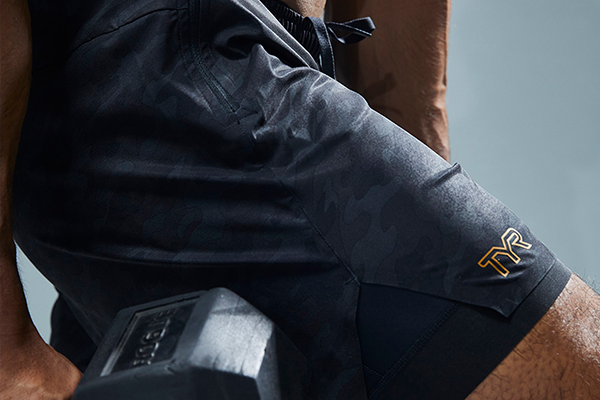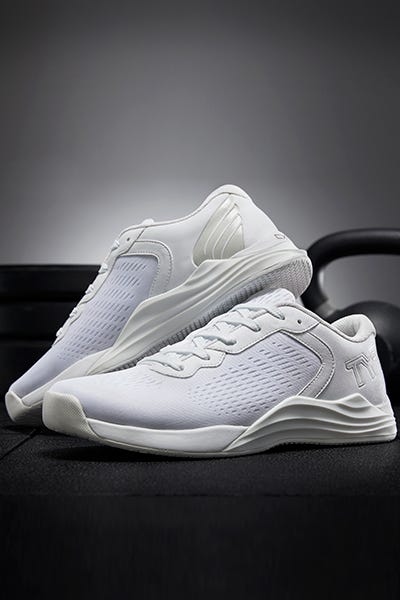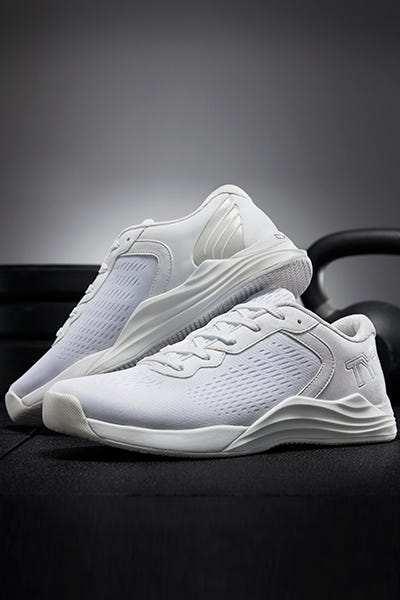Home Page
4TH OF JULY SAVINGS
25% OFF SITEWIDE
NO COUPON CODE REQUIRED
*EXCLUSIONS APPLY
FREE GROUND SHIPPING WITH ORDERS $75+
FREE TYR SUNGLASSES WITH ALL ORDERS $250+
BUY 1 GET 10% OFF | BUY 2 GET 15% OFF | BUY 3 OR MORE GET 20% OFF
*EXCLUSIONS APPLY
FREE TYR SOCKS WITH PURCHASES $49+!
BUILD YOUR POWER
The first-ever wide toe box lifting shoe on the market, TYR’s L-1 allows for natural foot movement and added power, while the 21mm heel-to-toe drop deepens movements and increases stability.
FREE TYR SOCKS WITH PURCHASES $49+!
NEW RED, WHITE, & BLUE
TYR Sport & USA Swimming unveiled the National Team Kit for the Games this Summer, available in June! Show your USA pride with TYR's elite footwear, apparel, technical swim, goggles, and more!
FREE TYR SOCKS WITH PURCHASES $49+!
NEW RED, WHITE, & BLUE
TYR Sport & USA Swimming unveiled the National Team Kit for the Games this Summer, available in June! Show your USA pride with TYR's elite footwear, apparel, technical swim, goggles, and more!
$10 OFF ORDERS $50+ | $25 OFF ORDERS $100+ | $50 OFF ORDERS $150+
*EXCLUSIONS APPLY
TYR x PAT VELLNER CXT-1 TRAINERS
NEW SPRING COLORS
Athletes can’t get enough of the TYR CXT-1 Training Shoes, now offered in vibrant, limited-edition colors. Grab yourself a pair, also available in wide and extra-wide.
NEW SPRING COLORS
Athletes can’t get enough of the TYR CXT-1 Training Shoes, now offered in vibrant, limited-edition colors. Grab yourself a pair, also available in wide and extra-wide.










 T-SHIRT WITH ALL ORDERS
T-SHIRT WITH ALL ORDERS

